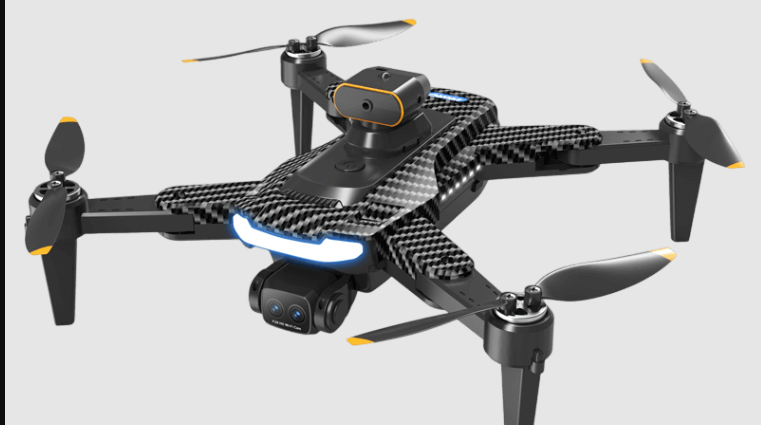
Night Hawk Drone Reviews (INVESTIGATED) Safe to Use or Waste of Money?
If you’ve been eyeing the skies and thinking, “I want those silky cinematic shots without selling a kidney,” the Night Hawk Drone keeps popping up as a go-to choice. It’s marketed as a traveler’s companion, a creator’s camera, and a hobbyist’s weekend thrill—all folded into a compact, foldable airframe. But how good is it, really? In this deep-dive, we’ll unpack the Night Hawk Drone from every angle: build quality, camera, intelligent flight modes, range and battery life, safety features, app experience, setup and calibration, accessories, who it’s best for, and how it stacks up against similarly priced drones. You’ll also find practical checklists, maintenance tips, and flight-ready tutorials so you can buy confidently and fly even better.
🚀 Click Here to Buy Night Hawk Drone at the Best Price!
What Is the Night Hawk Drone?
The Night Hawk Drone is a portable, foldable quadcopter pitched at new and intermediate pilots who want stabilized video, automated flight paths, and enough battery life to film a day trip or an event. It’s lighter than many “prosumer” rigs, usually ships with propeller guards, and is designed to get you flying quickly without a steep learning curve. Expect a gimbal-stabilized camera, built-in GPS for positioning, Return-to-Home (RTH), and a companion mobile app for live view, camera settings, and automated modes.
Ideal for:
-
Beginners who want stable first flights and easy recovery features
-
Content creators who need smooth B-roll for travel, food, fitness, real estate, or events
-
Hobby pilots seeking a nimble, fun flyer with simple controls and smart modes
✨ Order Your Night Hawk Drone Now – Limited Stock Available!
Unboxing & First Impressions
Open the box and you’ll likely find:
-
Night Hawk Drone (foldable arms and propellers pre-installed)
-
Remote controller (phone clamp integrated)
-
Battery (1–3 units depending on bundle)
-
Spare propellers & screws
-
USB charging cable and/or multi-charger hub
-
Propeller guards (in most kits)
-
Quick start guide and safety sheet
-
Carry case (common in Fly More–style bundles)
Look & Feel: The airframe has a matte finish that doesn’t scream “toy” and the hinges on the foldable arms feel snug, not wobbly. The controller’s thumbsticks have just enough tension, and the phone clamp tends to fit most modern smartphones without cases. The whole kit slides neatly into a backpack side pocket or the included case—key for travelers.
Design & Build Quality
-
Weight & Portability: The Night Hawk is compact and backpack-friendly. Folded, it’s roughly the footprint of a large smartphone with some extra thickness for the battery and gimbal housing.
-
Materials: The shell is usually ABS or a composite blend designed to keep weight down while surviving minor tumbles.
-
Wind Resistance: It’s not a heavy lift drone, but it holds position decently in light to moderate breezes thanks to GPS lock and flight stabilization software. As with any sub-pro airframe, respect stronger winds and keep your altitude conservative when gusts pick up.
-
LEDs & Orientation: Navigation LEDs under the arms assist with orientation at dusk and help the RTH process.
Camera & Stabilization
The Night Hawk’s headline feature is its stabilized camera. Most kits offer:
-
Gimbal stabilization: 2- or 3-axis stabilization significantly smooths roll and pitch movements, delivering convincingly cinematic footage.
-
Resolution & Frame Rates: Expect high-resolution video options suited for YouTube, TikTok, and Instagram Reels. For creators, the ability to shoot at 24/25/30 fps makes a difference for matching your timeline.
-
Still Photos: Standard JPEGs with in-app exposure control, gridlines, and basic HDR options (availability can vary by bundle/firmware).
-
Field of View: A wide FOV helps capture sweeping landscapes and real-estate exteriors.
-
Low-Light: The “Night Hawk” branding hints at dusk-friendly performance and usable noise levels in golden hour conditions. Night flying is typically restricted in many regions; if you capture “night” vibes, do it at civil twilight where legal and safe.
Stabilization in the real world: The gimbal is the magic. Even if you’re a beginner with shaky thumbs, the stabilized camera and flight controller work together to suppress micro-jitters, yielding footage that looks like you’ve been flying for months.
🎯 Get the Advanced Night Hawk Drone Today – Click to Buy!
Intelligent Flight Modes
Smart modes are where the Night Hawk earns its keep for solo creators:
-
Follow Me: Locks onto a subject and tracks them from behind or at a set offset. Fantastic for cyclists, runners, or hikers who want dynamic footage without a second operator.
-
Orbit (Circle): The drone flies a smooth circle around a point of interest at a fixed radius and altitude. Great for showcasing property, landmarks, or events.
-
Waypoint / Route Planning: Pre-draw a path on the map view and let the drone fly it automatically for repeatable shots.
-
Gesture & Quick Shots: Launch short, pre-programmed maneuvers (dolly out, rocket, boomerang-style arcs) for instant “wow” clips.
Pro tip: While smart modes feel set-and-forget, you’re still the pilot in command. Keep line of sight, watch for obstacles, and be ready to take over with the sticks.
Flight Performance, Range & Battery Life
-
Takeoff & Hover: GPS-assisted hover is steady, even for first flights. The auto-takeoff/landing routine is beginner-friendly.
-
Speed & Agility: There’s typically a “Normal” and “Sport” mode. Normal is smooth for filming; Sport unlocks punchier acceleration for zippier travel between shots.
-
Range: Real-world range varies with interference and local regulations. You’ll generally have more than enough distance for cinematic sequences while maintaining visual line of sight (VLOS).
-
Battery Life: On paper, the flight time per battery is generous; in reality, plan your missions assuming 70–80% of the spec to account for wind, ascents, and return margin. That’s why the multi-battery kit is a smart buy.
Battery management checklist:
-
Label your batteries (1, 2, 3) for rotation.
-
Store around 50–60% charge if you won’t fly for a while.
-
Avoid hot-car storage; heat kills lithium cells.
-
Land at ~20–25% remaining to protect packs and allow RTH buffer.
Safety & Reliability
-
Return-to-Home (RTH): Low-battery or signal-loss triggers an automatic RTH. You can also tap RTH manually in the app or on the controller.
-
GPS & Compass Calibration: The app walks you through compass and IMU calibration—do it properly and avoid metal structures or underground cabling that can interfere.
-
Failsafes: Geofencing and altitude limits can be set to keep the drone within a safe “bubble.”
-
Prop Guards: Install them for indoor practice and first flights outdoors to reduce risk.
Pro tip: Before each session, do a short hover test in an open area: check stick inputs, listen for abnormal prop noise, and confirm GPS lock.
Controller & App Experience
The controller is the bridge between you and the camera. Expect:
-
Ergonomics: Fold-out phone mount, tactile sticks, RTH button, gimbal wheel, and photo/video triggers.
-
Telemetry: On-screen battery, distance, height, signal strength, and GPS satellites.
-
Camera Controls: Tap-to-focus (if supported), EV compensation, white balance presets, and gridlines for rule-of-thirds framing.
-
Firmware Updates: Delivered via the app; allow time to update before a big shoot.
Helpful app settings to check on day one:
-
Max altitude and distance (align with local regulations)
-
RTH altitude (set higher than trees/buildings in your area)
-
Beginner mode (reduced speed/distance while you learn)
-
Gimbal mode (follow vs. FPV—follow is smoother for cinematic shots)
🔥 Secure Your Night Hawk Drone Now – Shop Directly Here!
Setup & First Flight: Step-by-Step
-
Charge everything: Batteries, controller, and phone.
-
Update firmware: Do this at home on Wi-Fi, not on a windy field.
-
Install prop guards (optional): Recommended for your first session.
-
Pick an open field: No tall trees or power lines; avoid airports and restricted zones.
-
Calibrate compass/IMU: Follow the on-screen prompts away from metal structures.
-
Set RTH altitude: Higher than the tallest obstacle nearby.
-
Take off and hover: Practice gentle inputs, yaw pans, slow ascents and descents.
-
Practice the “triangle” move: Forward, right, back to home position; repeat in all directions to build muscle memory.
-
Test RTH: At a safe distance, trigger Return-to-Home to confirm behavior.
-
Review footage on site: If critical, do a second take while light and conditions match.
Image Quality Tips for Cinematic Footage
-
Shoot in good light: Early morning and late afternoon provide soft, flattering light.
-
Lock exposure when possible: Prevents brightness shifts mid-shot.
-
Use gridlines: Keep horizons level; use rule of thirds for pleasing composition.
-
Fly slow: Slow stick inputs + gimbal tilts = professional-looking moves.
-
Master three hero moves:
-
Reveal: Start low behind an object, ascend and yaw to reveal a landmark.
-
Orbit: Slow circular move around your subject with steady gimbal tilt.
-
Pull-away: Fly backward/ascend to create a dramatic expanding scene.
-
Accessories Worth Considering
-
Extra Batteries: The #1 quality-of-life upgrade.
-
ND Filters: Control shutter speed in bright light for smoother motion blur.
-
Propeller Guards: Especially for indoor practice and tight spaces.
-
Landing Pad: Keeps dust out of the gimbal during takeoff/landing.
-
Car Charger / Multi-Hub: For road trips and wedding shoots.
-
Hard Case: If you travel often or hike rugged trails.
Who the Night Hawk Drone Is Best For
-
New Pilots: RTH, GPS hover, and beginner modes make the learning curve gentle.
-
Solo Creators & Vloggers: Smart modes create dynamic shots without a second operator.
-
Real-Estate & Event Filmmakers (Entry Level): Quick setup, reliable hover, and cinematic presets are ideal for exteriors, establishing shots, and crowd-safe angles (with local permissions).
-
Travelers: Foldable design and modest charging needs fit backpack or carry-on life.
Who might outgrow it: If you need interchangeable lenses, larger sensors, 10-bit log profiles, or heavy wind resistance, you’ll eventually move into higher-end prosumer territory. The Night Hawk is about value, portability, and ease—not studio cinema.
🌍 Buy Night Hawk Drone Online – Fast Shipping Available!
How It Compares (Conceptual Benchmarks)
-
Versus Toy Drones: Night Hawk’s gimbal, GPS, and RTH put it in a different league. Footage is actually usable, not just shaky novelty shots.
-
Versus Premium Prosumer Rigs: Heavier drones deliver better low-light, longer range, and pro codecs, but they cost more, weigh more, and require more piloting know-how. The Night Hawk trades some ultimate image quality for portability and price.
Common Mistakes & How to Avoid Them
-
Skipping calibration: Leads to toilet-bowling hover or compass errors. Calibrate properly.
-
Ignoring wind: Small drones can get pushed around at higher altitudes. Check a wind app and stay low if gusts pick up.
-
Low RTH altitude: Set it safely above local obstacles.
-
Flying behind obstacles: Buildings/trees can block the signal; maintain visual line of sight.
-
Draining batteries to zero: Land with a buffer; deep discharges shorten battery life.
Care & Maintenance
-
After each flight: Wipe down the drone, especially the gimbal area; check for hairline cracks on props.
-
Props: Replace at the first sign of chips or bends; imbalanced props cause vibrations and soft footage.
-
Batteries: Store at room temp, partial charge for long gaps.
-
Firmware: Update periodically, then do a short test flight to confirm stability before important shoots.
-
Case: Keep silica gel packs in your case to manage humidity (especially in monsoon climates).
Legal & Safety Basics (Know Before You Go)
Regulations vary by country and region, but general best practices include:
-
Register if required and mark your drone with the registration number.
-
Keep VLOS (Visual Line of Sight).
-
Avoid airports, heliports, and restricted areas.
-
Respect altitude limits and local privacy rules.
-
Check local NOTAMs or advisory apps for temporary restrictions during events.
Always check your local authority’s website for the latest rules before flying.
Troubleshooting Quick Wins
-
Drift or unstable hover: Recalibrate compass/IMU; move away from metal structures.
-
Jello effect (wobble): Check props for damage; make sure ND filter isn’t too heavy for the gimbal.
-
App disconnects: Reseat the cable, quit other heavy apps, and consider airplane mode (leaving Wi-Fi/Bluetooth on only if needed by the controller).
-
Blown-out highlights: Lower EV, use an ND filter, or shoot during softer light.
-
RTH landing off by a few meters: Ensure strong GPS lock before takeoff; set the home point in the app.
A Creator’s Mini-Workflow (From Idea to Upload)
-
Scout: Use Google Maps/Street View to find compositions and confirm open space.
-
Storyboard: Jot 3–4 shot ideas (reveal, orbit, pull-away, tracking).
-
Shoot: Start with the essentials in case conditions change.
-
Back up: Copy footage to two places immediately after landing.
-
Edit: Stabilize lightly if needed, add subtle music, and color-correct.
-
Export: Match resolution/frame rate to your shoot; add captions for social.
-
Post: Include a location tag and 3–5 relevant hashtags; post a short BTS clip to boost reach.
Pros & Cons
Pros
-
Easy to fly with GPS and RTH
-
Gimbal-stabilized camera delivers cinematic results
-
Smart flight modes for solo creators
-
Foldable, travel-ready design
-
Beginner-friendly setup and safety nets
Cons
-
Not built for strong winds or heavy payloads
-
App-dependent features require a compatible smartphone
-
Low-light is good for the class, but not a match for larger-sensor rigs
-
You’ll want extra batteries for real-world shooting days
💡 Click Here to Grab the Exclusive Night Hawk Drone Deal!
FAQ
Q: Is the Night Hawk Drone good for beginners?
Yes. The combination of GPS hover, RTH, beginner mode, and prop guards make it welcoming for first-timers while leaving room to grow with smart modes.
Q: Can I fly indoors?
You can, but be cautious. Use prop guards, disable GPS if the app advises (or enable optical flow stabilization if available), and keep movements gentle. Indoor spaces are full of signal reflections and obstacles.
Q: What’s the real flight time per battery?
Plan for slightly less than the marketing number. Real-world flight time depends on wind, temperature, and flying style. Always land with a buffer.
Q: Do I need ND filters?
If you shoot in bright daylight and want smooth motion blur at cinematic shutter speeds, ND filters are a great upgrade.
Q: How far can it fly?
More than enough for cinematic shots within VLOS. Always follow your local laws and maintain line of sight.
Q: Is the camera good enough for YouTube?
Yes—especially with good light and careful piloting. Many creators pair the Night Hawk’s aerials with a phone or mirrorless camera on the ground for complete storytelling.
Buying Advice & Bundles
If you’re serious about capturing a full day’s worth of clips, consider a bundle with at least two extra batteries, ND filters, and a compact case. The “Fly More” style kits tend to cost more up front but save you money versus buying batteries individually later.
Must-have add-ons:
-
Extra batteries
-
Landing pad
-
ND filter set
Nice-to-have:
-
Hard case for air travel
-
Car charger
-
Propeller guards for indoor practice or tight spaces
Final Verdict
The Night Hawk Drone hits that sweet spot of easy, cinematic, and affordable. It’s not trying to replace a heavy, high-end cinema rig—and it doesn’t need to. For most travelers, vloggers, real-estate beginners, and hobby filmmakers, it delivers the goods: stabilized footage, simple controls, and smart modes that make solo shooting possible. If you pair it with smart flight habits, a couple of extra batteries, and a dash of creativity, you’ll walk away with footage that looks far more expensive than the price tag suggests.
Bottom line: If you’re stepping up from toy drones or jumping straight into your first “real” camera drone, the Night Hawk is a confident buy. It’s the kind of tool that will make you excited to plan your next shoot—and that’s the best sign you’ve picked the right drone.

![Zanari CBD Gummies Reviews [NEWEST UPDATE] Every USA Customer Must Know Before Spending!!! Zanari CBD Gummies Reviews [NEWEST UPDATE] Every USA Customer Must Know Before Spending!!!](https://bingnews24x7.com/wp-content/uploads/2025/10/Golden-Fountain-Farms-CBD-Gummies-150x150.png)



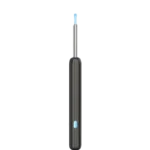

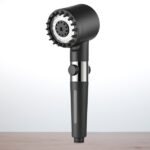
![Green Nature Farms CBD Gummies Reviews [Website Fact Check!] Know The Truth Before Buying! Green Nature Farms CBD Gummies Reviews [Website Fact Check!] Know The Truth Before Buying!](https://bingnews24x7.com/wp-content/uploads/2025/09/Golden-Fountain-Farms-CBD-Gummies-150x150.png)

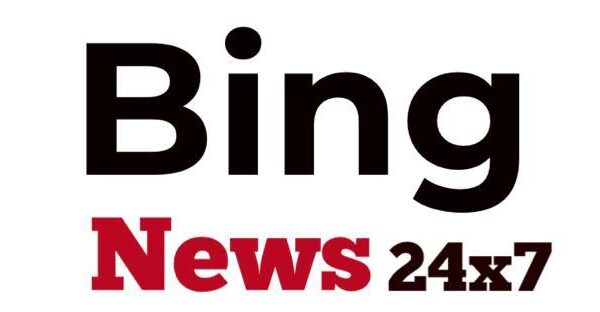
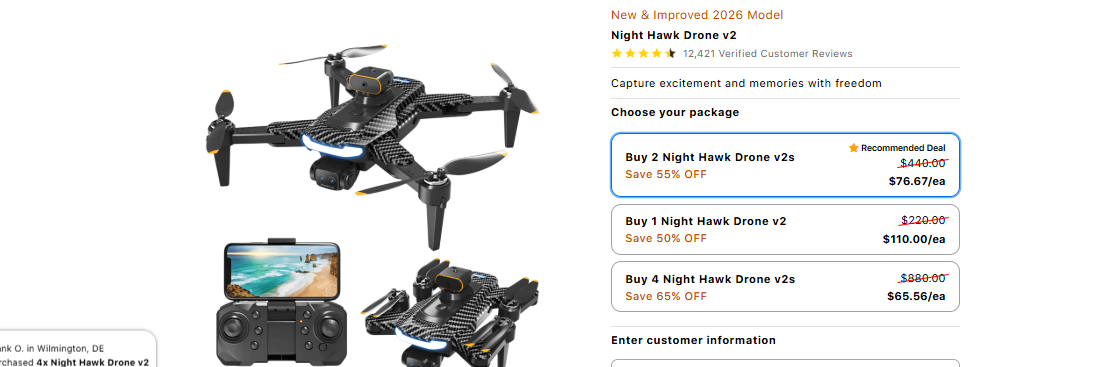
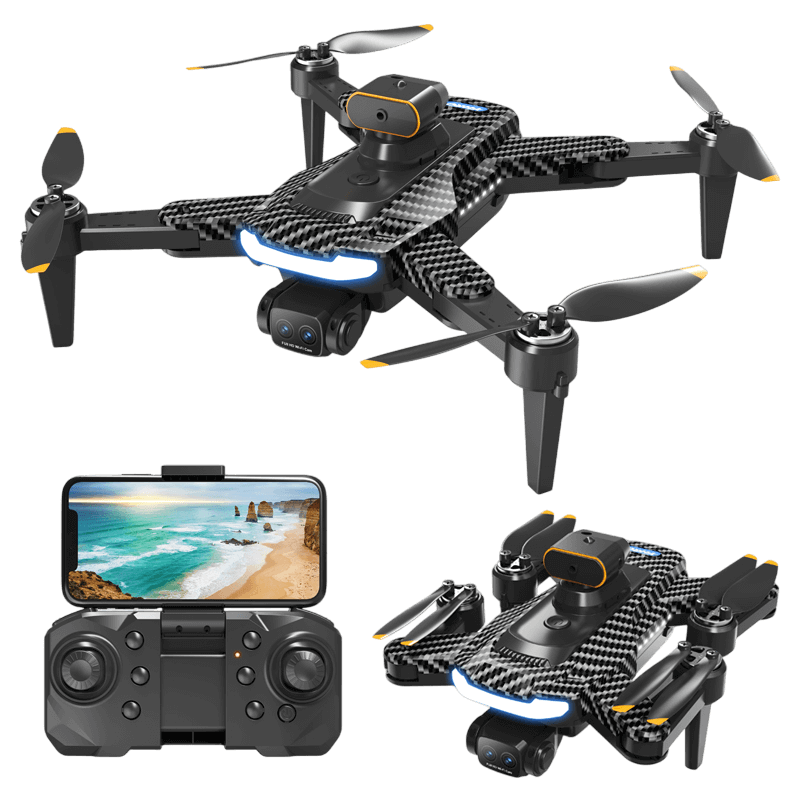
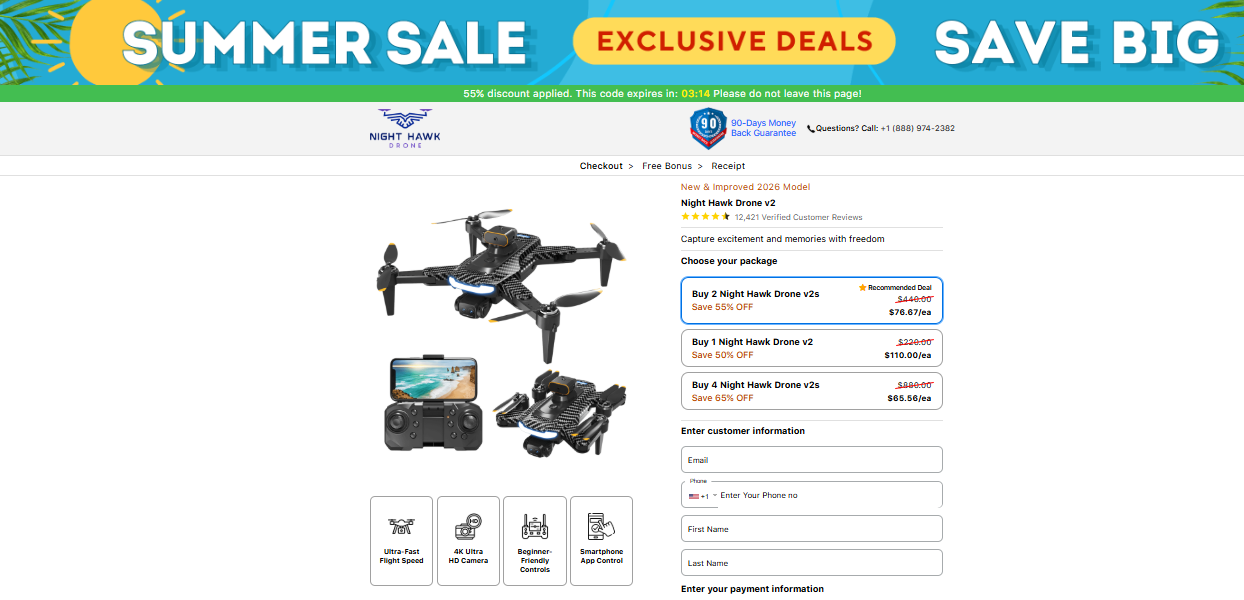
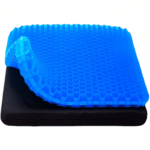

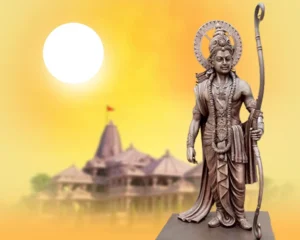





Average Rating